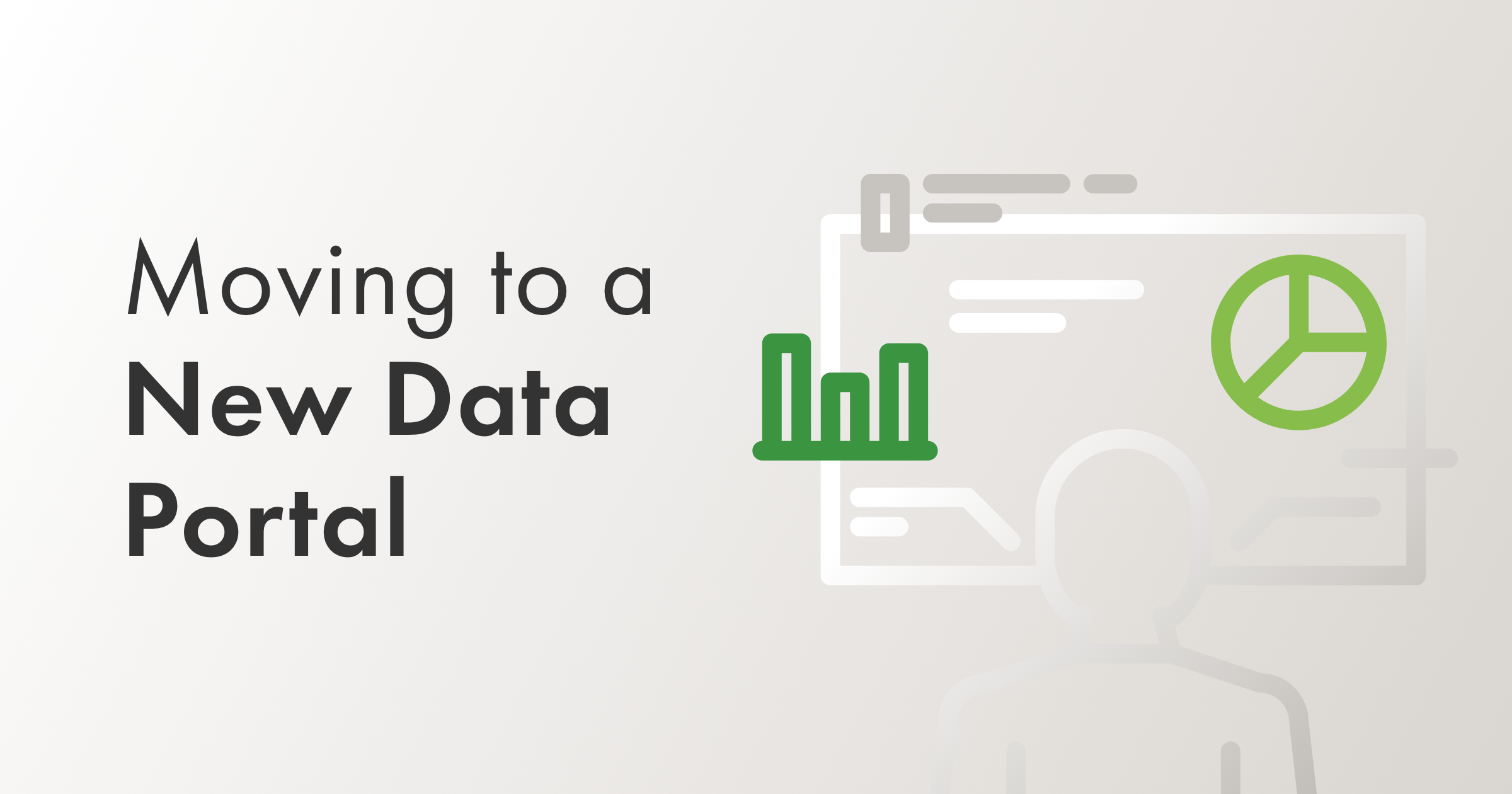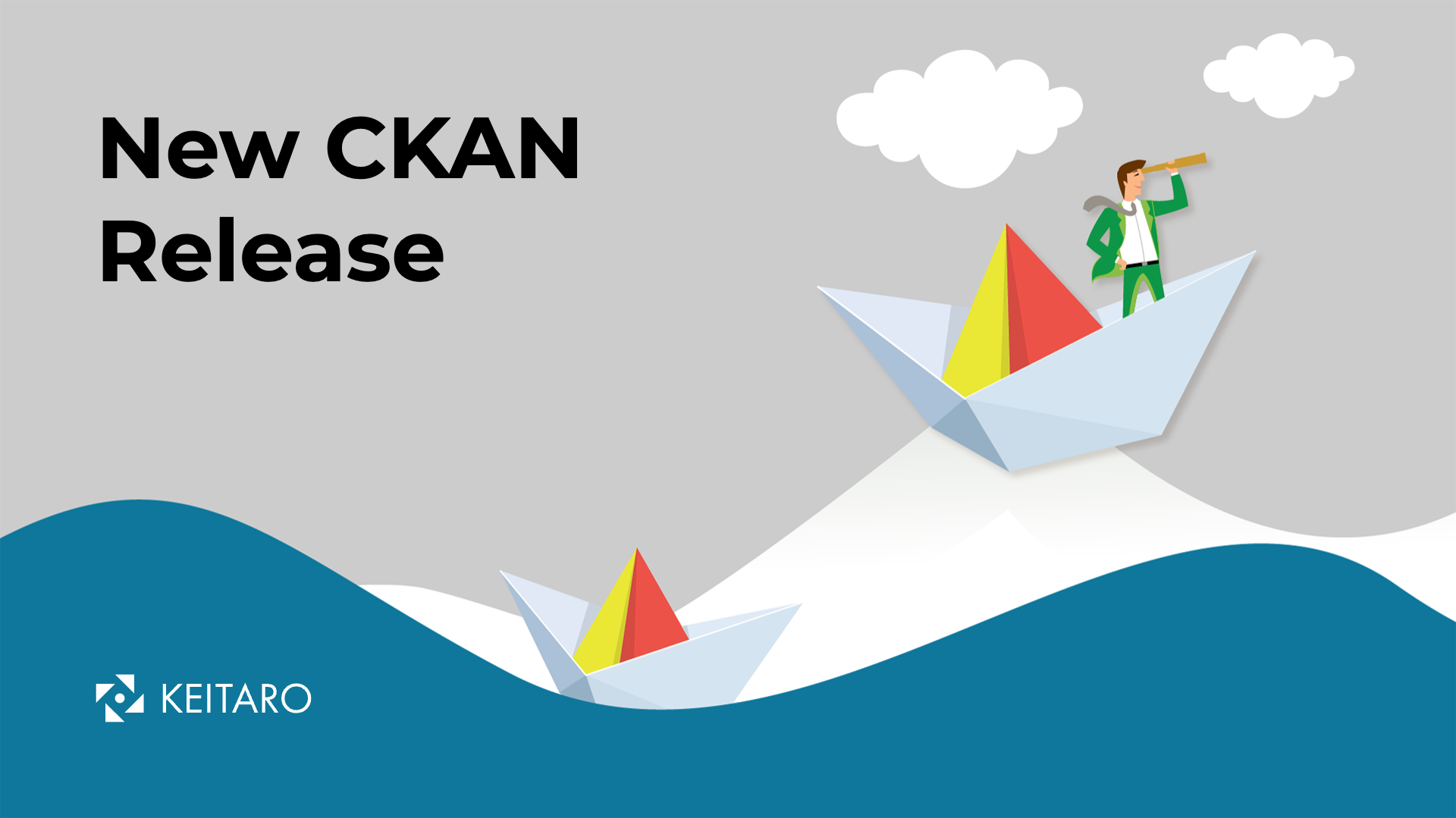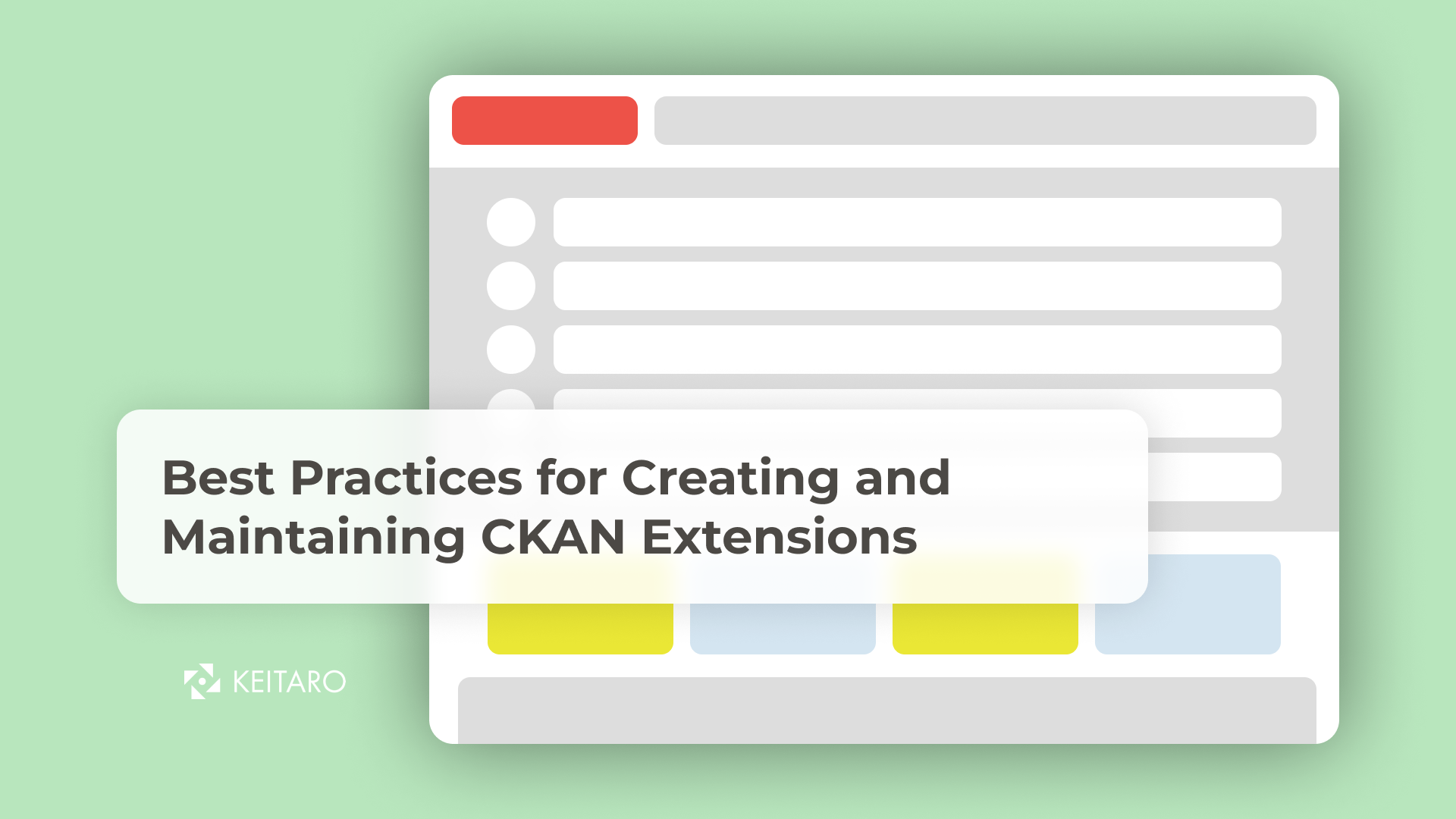There are many reasons for moving to a new data portal, including better data management, improved access and usability, or setting up an open data portal to name but a few. Moving to a new data portal, however, requires lots of planning, effort, resources, and time allocation. Sometimes the situation becomes more complicated and harder because you have to ensure the undisrupted running of the current system, along with a smooth data migration. In addition, the risks of data loss and theft are added vulnerabilities associated with data migration to a new data portal. Whatever situation an organization encounters, there are always ways to minimise these impacts. This blog presents a few of the practices that can help minimise business impact when moving to a new data portal:
1. Trust the Process
One of the important elements of moving to a new data portal is how you will move your data. The process, tools, and tactics you pick must be reliable and have the confidence of the whole team. A trusted and trustworthy process means you are driving in the right direction. Therefore, be sure you have set up a planned data migration process and a proper timeline of all migration process stages for effective operations.
2. Ensure the Entire Organization is Prepared
Data migration to a new data portal means there will be business disruption and at least a few moments of inconvenience in the workplace. Employees will find difficulties in data accessibility until the new data portal is set up properly. But the best way to cope with such a situation is to prepare the whole organization for the data migration. Everyone in an organization should be aware of the data migration and any kind of data disruption they might face. In addition, employees must be taught how to use the new portal so that they can quickly adjust and benefit from it once the data portal is all set.
3. Opt for the Right Technologies
Migration to a new data platform requires that your organization is clear about what data you possess, what data you need, and where it should go. But another key element is what technologies you are using to move to the new data portal. There are many software and open-source platforms, such as CKAN, that can be used to achieve the goal. But you must ensure you are picking the right one that effectively addresses the unique requirements of your users. A particular technology that works for someone else may not necessarily be a good fit. So, make sure you are picking the right technologies.
4. Get Support from an Experienced Partner
When you are trying something new such as moving to a new data portal, it’s better to consult with and get support from experienced partners. An experienced partner is well aware of the complications that might arise during data migration and can guide you accordingly. Similarly, you can review together your processes and technologies to see if there are any gaps or avoidable pitfalls you may have missed.
Final Thoughts
With the abundance of technologies and plenty of resources to learn and implement processes effectively, migrating to a new data portal doesn’t have to be a big challenge. However, there are always chances of minor to major business impacts during any data migration. The above points present some of the key practices that can greatly reduce the potential for business disruption.


